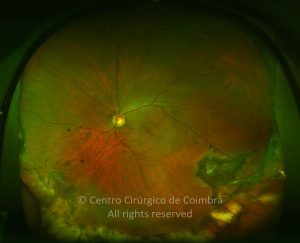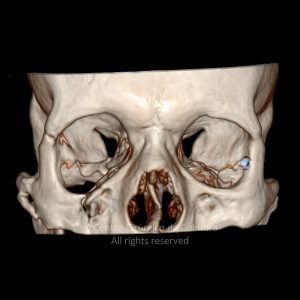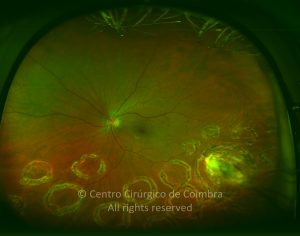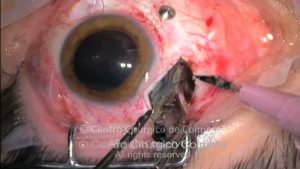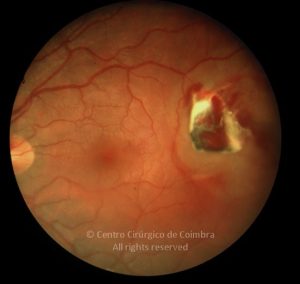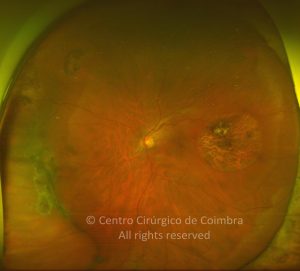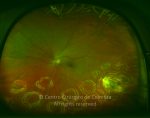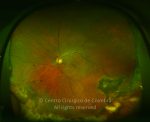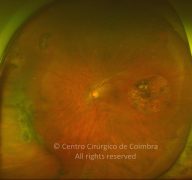When faced with a trauma patient with a opening eye injury, the possibility of an intraocular foreign body (IOFB) should always be either confirmed or discarded. CT scan is the most reliable exam to find an IOFB. Whenever there is a contradiction between the medical history and images obtained, it is wiser to assume the presence of an IOFB and act accordingly.
Generally an IOFB should be removed. . It carries a risk of endophthalmitis, especially in a rural setting, when there is a possibility of soil contamination. Timing of intervention should be based on the chemical constitution of the IOFB, as well as the ophthalmological findings and systemic status of the patient.
A metallic IOFB can be associated with specific toxicity. A copper IOFB may cause an acute intraocular inflammation, endophthalmitis-like, that can lead to visual loss. Therefore it should be removed as soon as possible. Chronic copper body retention leads to a clinical picture named chalcosis. It is characterized by chronic uveitis, glaucoma, greenish discoloration of the iris, Kayser-Fleischer ring and sunflower cataract. A ferrous IOFB is also associated with toxicity. Manifestations are rare in an acute phase. Chronic retention can lead to brownish endothelial deposits, brownish discoloration of the iris, cataract, glaucoma, pigmentary degeneration of the retina and optic disc edema, collectively known as siderosis.





